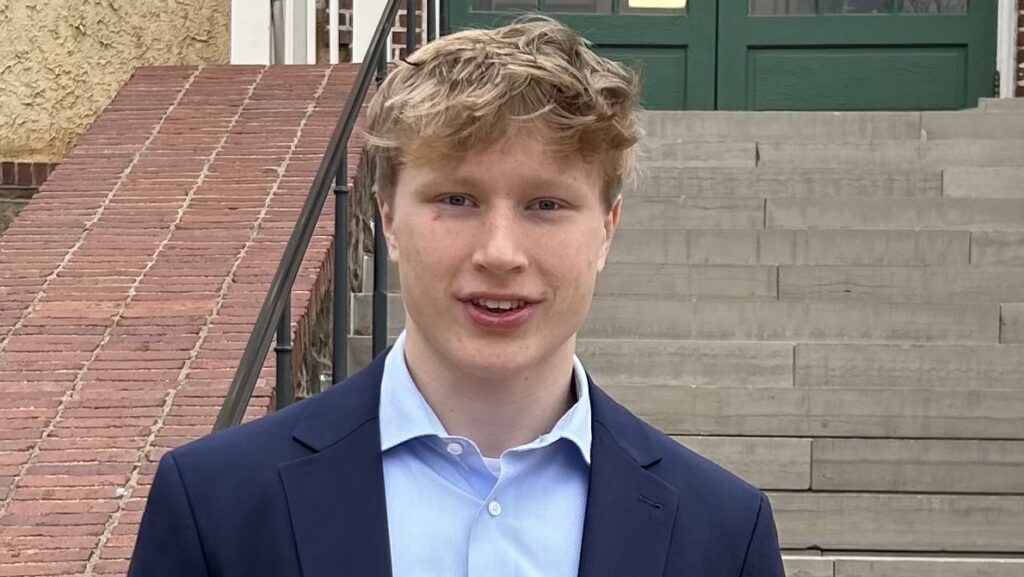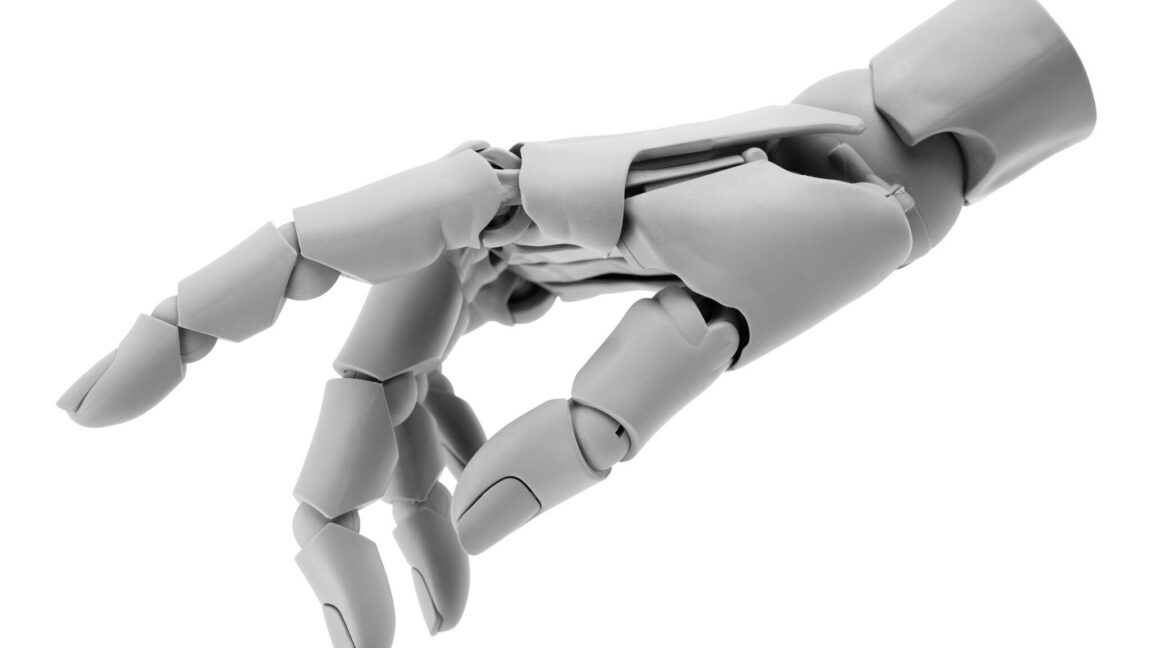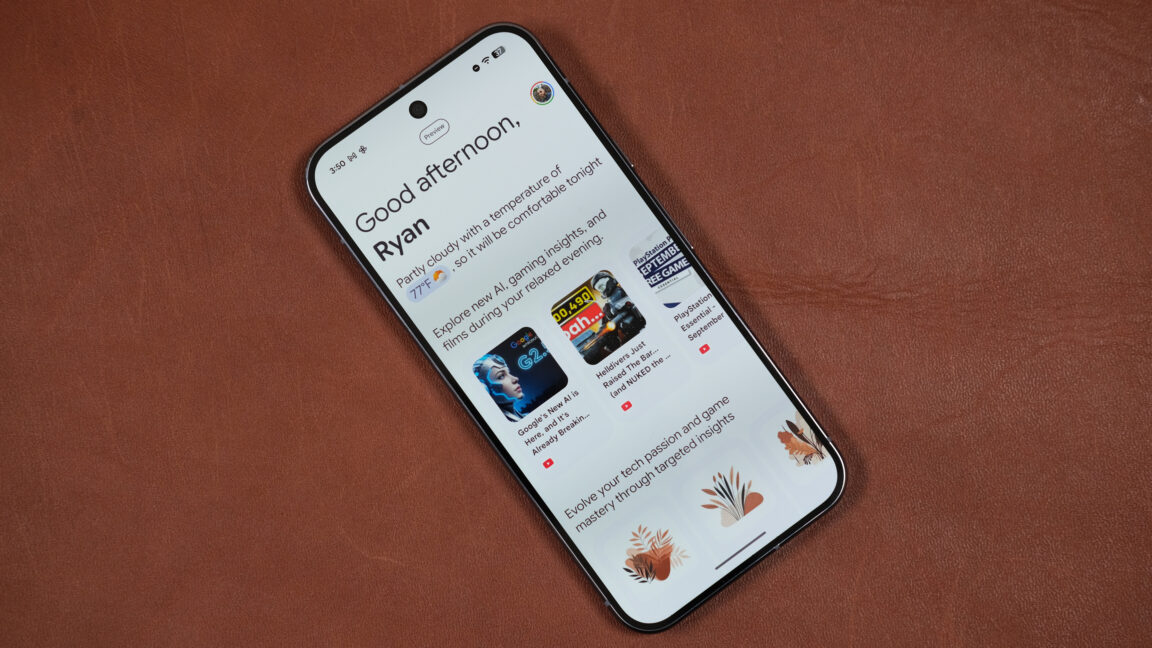Introduction to AI-Generated Action Figures
ChatGPT’s image generation feature has sparked a new wave of personalized digital creations, with LinkedIn users leading a trend of turning themselves into action figures. This craze began picking up momentum after the viral Studio Ghibli-style portraits, where users shared images of themselves as boxed dolls – complete with accessories and job-themed packaging.
The Trend Takes Off
There are several variations in the latest wave of AI-generated self-representation. The most common format is similar to a traditional action figure or Barbie doll, with props like coffee mugs, books, and laptops reflecting users’ professional lives. The images are designed to resemble toy store displays, complete with bold taglines and personalized packaging. The movement gained initial attention on LinkedIn, where professionals used the format to showcase their brand identities more playfully.
How it Works
ChatGPT’s image tool – part of its GPT-4 release – serves as the engine. Users upload a high-resolution photo of themselves, usually full-body, with a custom prompt describing how the final image should look. Details frequently include the person’s name, accessories, outfit styles, and package details. Some opt for a nostalgic "Barbiecore" vibe with pink tones and sparkles, while others stick to a corporate design that reflects their day job. Refinements are common, with many users going through multiple image generations, changing accessories and rewording prompts until the figure matches their wanted personality or profession.
Impact and Reception
While the toy-style trend hasn’t seen the same viral reach as the Ghibli portrait craze, it has still sparked a steady flow of content across platforms. Hashtags like #AIBarbie and #BarbieBoxChallenge have gained traction, and some brands – including Mac Cosmetics and NYX – were quick to participate. A few public figures have joined in too, most notably US Representative Marjorie Taylor Greene, who shared a doll version of herself featuring accessories like a Bible and gavel. Regardless of the buzz, engagement levels are different, with many posts receiving limited interaction, and most well-known influencers avoiding the trend.
Broader Implications
The trend highlights ChatGPT’s growing presence in mainstream online culture and its ability to respond to users’ creativity using relatively simple tools. This is not the first time ChatGPT’s image generation tool has overwhelmed the platform. When the Ghibli-style portraits first went viral, demand spiked so dramatically that OpenAI temporarily limited image generation for free accounts. The Barbie/action figure trend, though at a smaller scale, follows the same path – using ChatGPT’s simple interface and its growing popularity as a creative tool.
Conclusion
The format’s appeal lies in its simplicity, offering users a way to engage with AI-generated art without needing technical skills, and satisfying an urge for self-expression. The result is something like part professional head-shot, part novelty toy, and part visual joke, making it a surprisingly versatile format for social media sharing. Whether it’s a mini-me holding a coffee mug or a Barbie-style figure ready for the toy shelf, ChatGPT is again changing how people choose to represent themselves in the digital age.
FAQs
- What is the AI action figure trend? The AI action figure trend involves using ChatGPT’s image generation feature to create personalized digital action figures or Barbie dolls that reflect a person’s professional life and personality.
- How does it work? Users upload a photo of themselves and provide a custom prompt describing how they want their action figure to look, including accessories and packaging details.
- Where did the trend start? The trend began on LinkedIn, where professionals used the format to showcase their brand identities in a more playful way.
- Is the trend popular? While it hasn’t reached the same level of virality as the Ghibli portrait craze, it has sparked a steady flow of content across social media platforms.
- What are the implications of this trend? The trend highlights ChatGPT’s growing influence in online culture and its ability to facilitate user creativity with simple tools, raising conversations about identity, aesthetics, and self-presentation in digital spaces.










